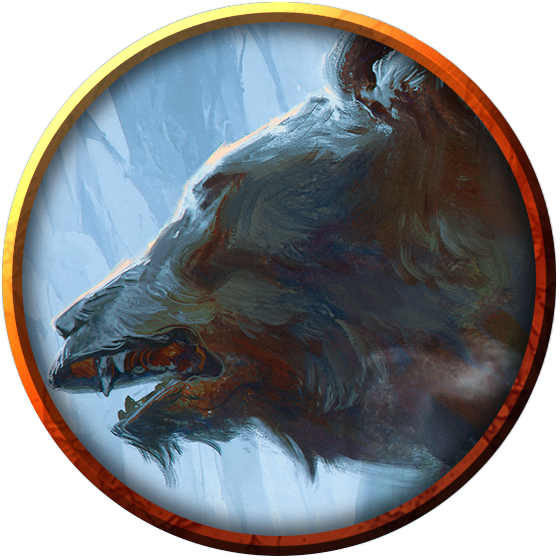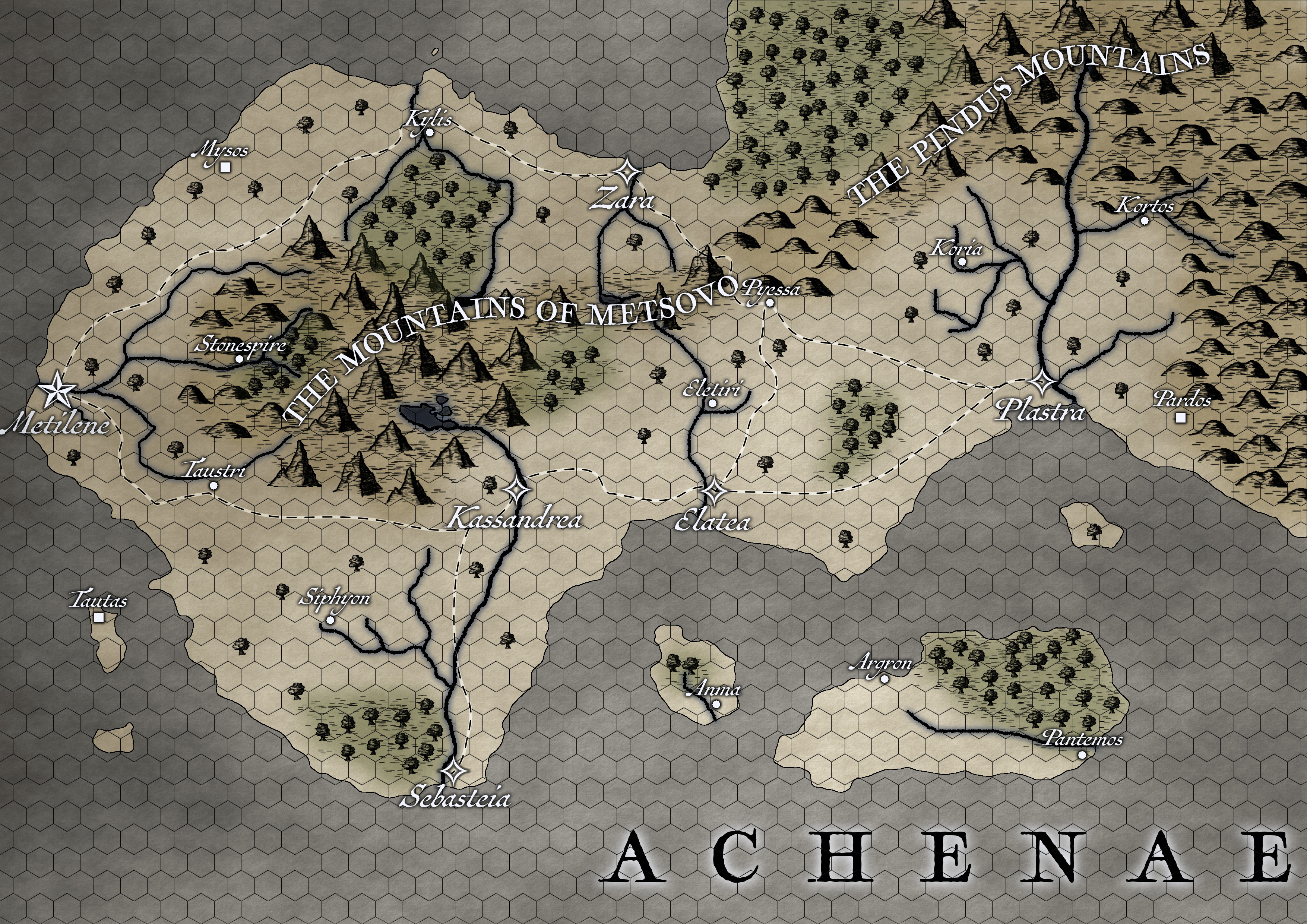Seragoth
'Let's cross the river at the ford,' Pelekanos suggested, 'for the beasts cannot swim.' The children scrambled down the riverbed, into the cool water and started to cross, but three of the animals, driven by their ravenous hunger, followed in pursuit, snarling savagely.
Indigenous to the eastern reaches of the former Laparan Empire, the wild seragoth roam the open hills making prey of grazing animals, occasionally venturing into settlements to grab livestock or the rare, unwitting, human. Bearing passing resemblance to the wolves they have driven out of the eastern foothills, seragoth are typically skittish creatures that shy away from human contact, but savage when cornered or in possession of overwhelming numbers.
Basic Information
Anatomy
Genetics and Reproduction
Dietary Needs and Habits
Unless culled, the seragoth will move in from the hills and consume every last sheep in your farmsteads!A dominant predator in its region, the seragoth, like many similar animals is capable of sustaining itself on carrion and vegetation for short periods of time, although it tends towards a largely carnivorous diet. Packs of seragoth are known to hunt together, surrounding potential quarry and overcoming it with overwhelming numbers. In lean times, the animals will overcome their skittishness towards humans and human settlements to carry away livestock from outskirt villages.
Additional Information
Social Structure
Domestication
While the seragoth has not fully been domesticated, there are those that keep individual specimens, typically as guard creatures. The animal’s pack nature, generally canine appearance, and apparent intelligence have caused many to assume they resemble dogs in training and domestication, although many involved have been injured or killed when the beast unexpectedly turned on its handler.
As guard animals, seragoth can surpass the value of more common animals, such as dogs, given their pack mentality and keen attention to detail. The sera goth poses a greater risk to any keeping it than wild dogs as they are known to attack their handlers with little or no provocation. Captive-bred seragoth are more docile than their wild counterparts and make poor guard animals as they refuse to howl and call until released into the wild.
Geographic Origin and Distribution
Perception and Sensory Capabilities
The Imperial District
Although present in a number of districts on the eastern end of the Laparan Empire, the majority of Seragoth can be found in either the hilly region of Dhouskon or the Imperial District of Achenae, seat of the The Imperial House Nikolaides and its successor to the old empire.
Pelekanos Day
In western Achenae, wide-ranging seragoth hunts are held as part of the celebration of Pelekanos day, a local holiday surrounding the local myth of The Sacrifice of Pelekanos, who drowned while protecting the future Basilissa, Eirene Aristena, from a pack of approaching seragoth.






Comments